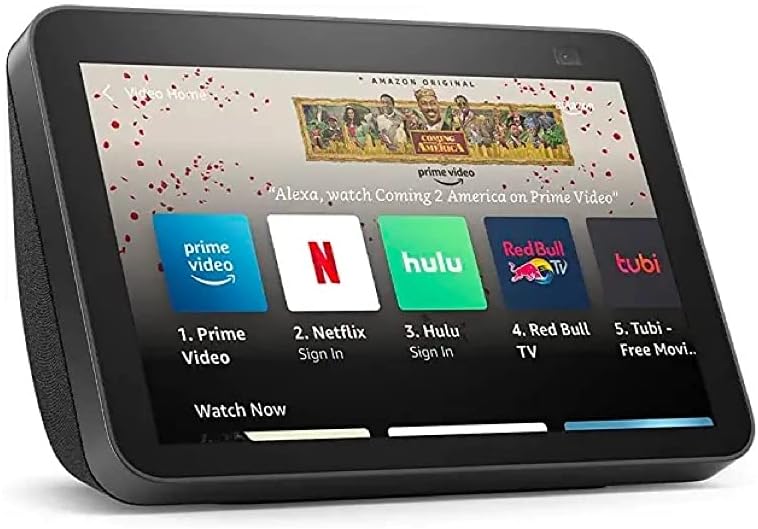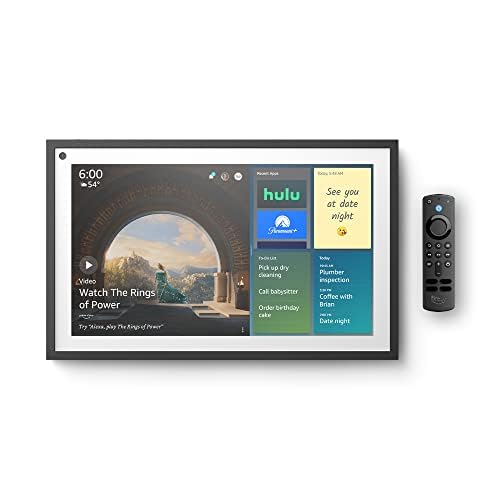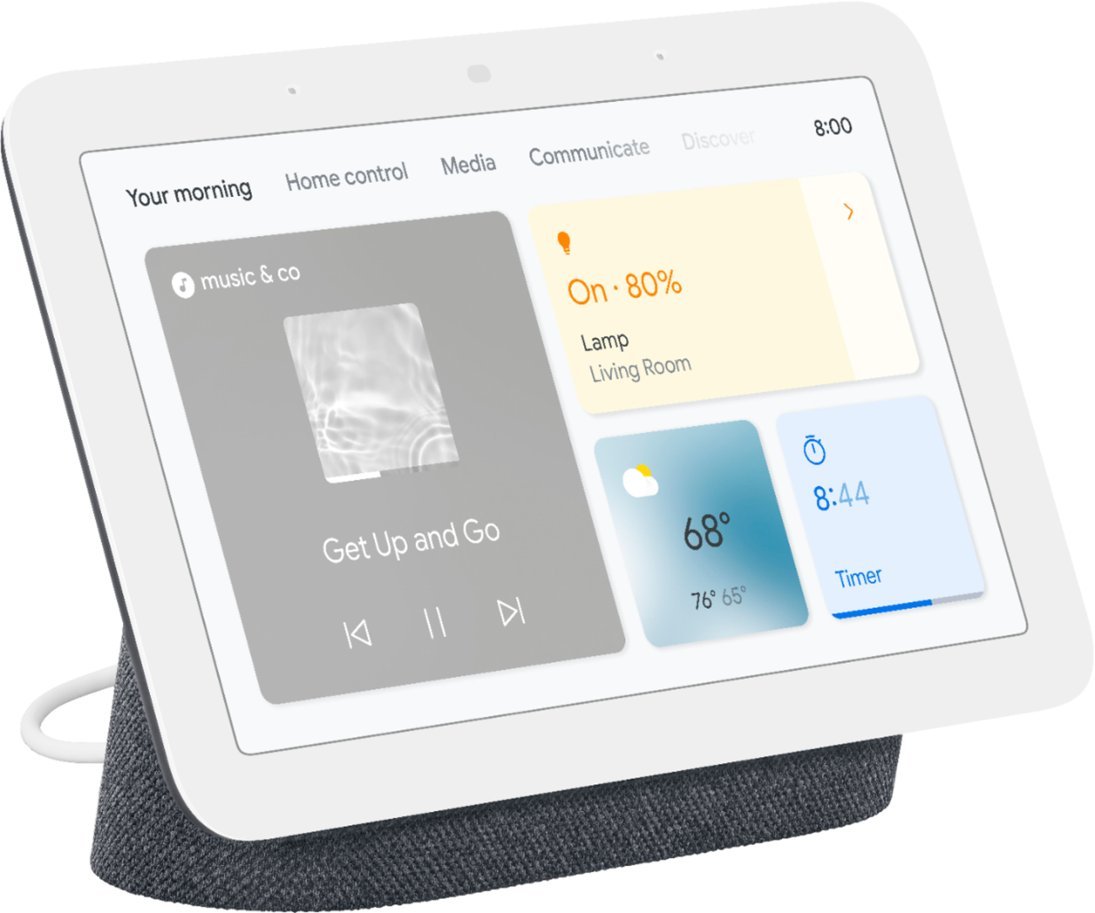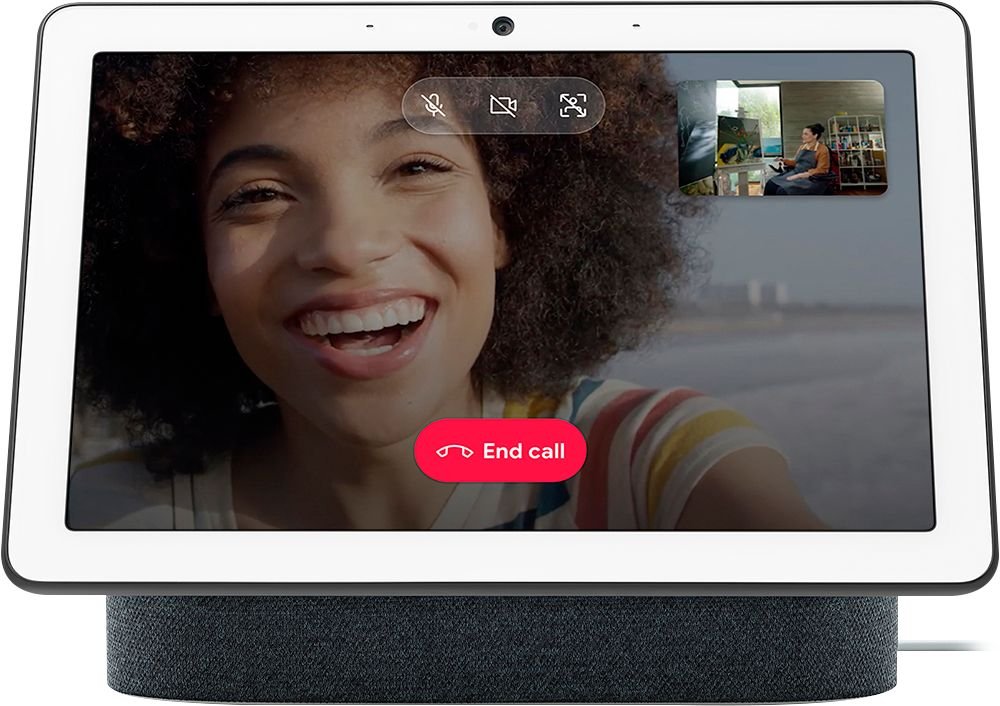Should I get a smart assistant with a screen? The reasons our tech expert upgraded his home, and the best deals
Smart screens aren’t for everyone, but for some they’re definitely worth the upgrade
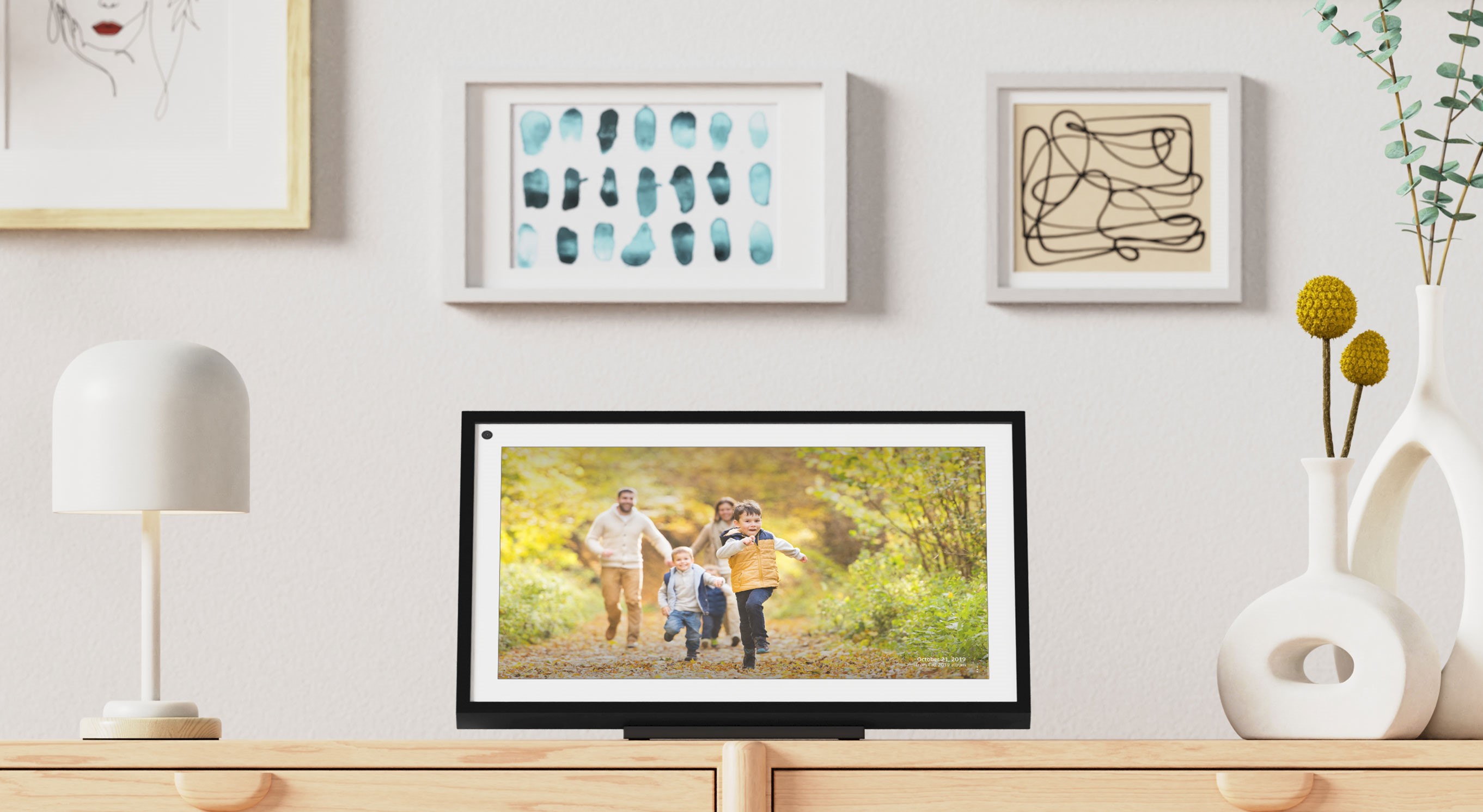

There’s still something magical about smart assistants like Alexa, Google Assistant and Siri. Being able to turn off the lights and change the temperature of your house with the power of your voice really doesn’t get old — especially if your bedroom light switch is far away from your bed, like mine.
But while smart assistants once lived in smart speakers and phones, Google and Amazon are increasingly pitching their smart screens — the Echo Show and Nest Hub — as the best way to enjoy them.
So, should you upgrade to a smart assistant with a screen? Here’s what to consider before taking the plunge.
The reasons against
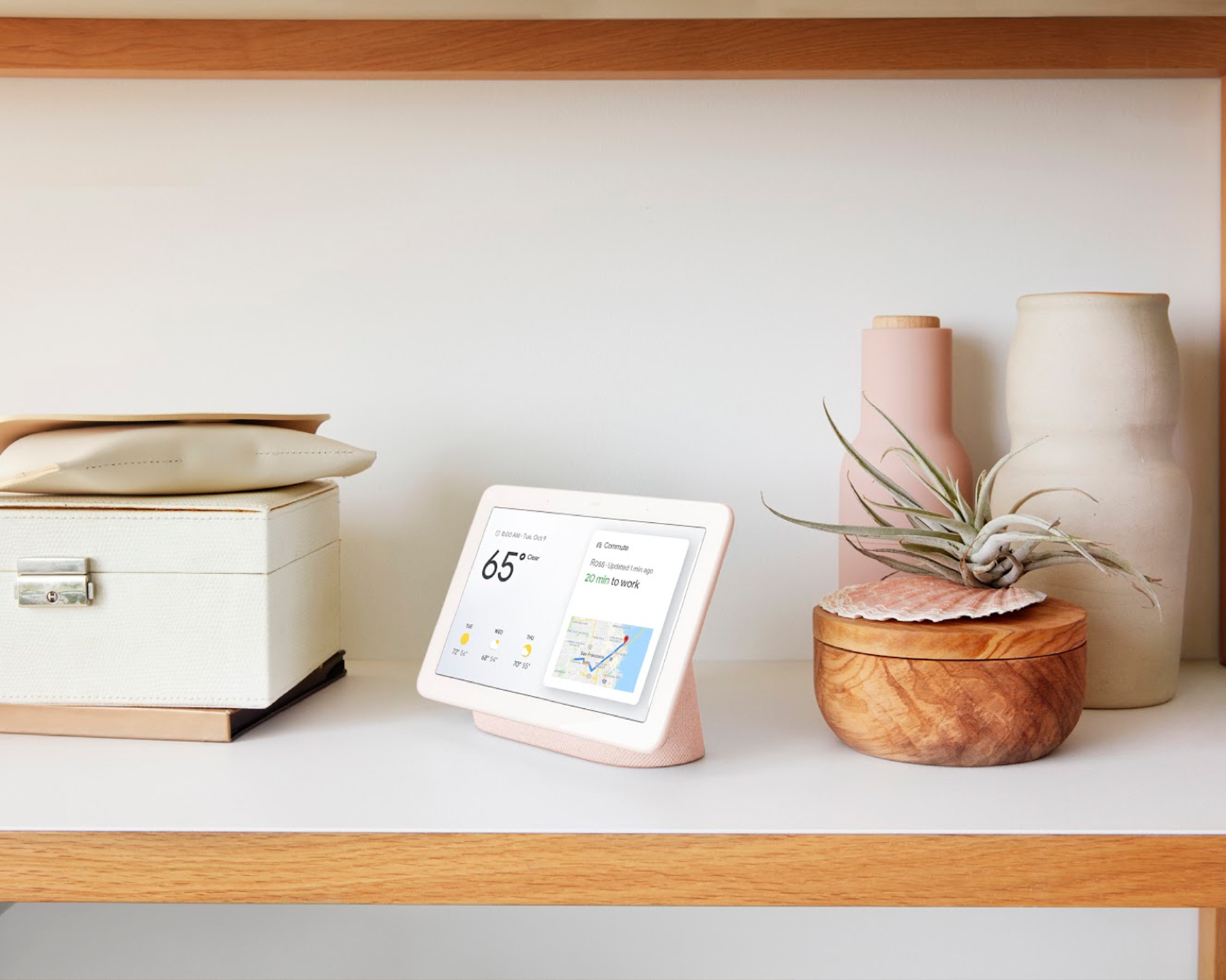
The first reason you may want to opt out is one of compatibility. If you’re an Apple household with a HomePod, you simply can’t upgrade to one with a screen at the moment — though the company is rumored to have plans to change that in the future.
The second is that, bluntly, companies still don’t seem to have that many ideas of how to use the screen part of the smart speaker. Aside from being able to watch videos on them (more on that in a moment) integration tends to be companion graphics, like a week’s worth of weather forecast icons appearing when you ask if it’s raining.
You also get things like the text of your voice commands appearing on screen, a digital clock, a list of upcoming diary appointments and a digital picture frame cycling through your snaps or other appealing vistas. This is all doubtless nice to have, but far from essential.
The problem with that is the money you’re spending on a largely superfluous screen is cash that isn’t being spent on the speaker part, which means weaker audio. To put it another way, if you have two smart speakers costing $100, one with a screen and one without, you can bet your bottom dollar that the latter will sound better than the former.
The reasons for

Despite these criticisms, I’ve reviewed a few smart screens over the years and eventually decided to permanently install a Nest Hub for my kitchen — a location where sound quality isn’t the be all and end all.
The reasons are twofold, but they both come down to video. A smart screen in the kitchen is incredibly valuable if you like to cook. Not only can you quickly get measurement conversions without washing your hands (“Alexa, how many grams in a cup?”) but you can ask for recipes directly, and the smart screen will bring up step-by-step guides or videos. No getting your cookery books dirty.
The second reason is that if I’m cooking something familiar, washing up or generally tidying the kitchen on autopilot — something that I spend several cumulative hours per week doing — it’s nice to be able to have a show on in the background. The Nest Hub’s tiny seven-inch screen might not match the IMAX, but it’s perfectly good for reruns of Modern Family and Frasier.
If that sounds appealing, my advice is to go Nest Hub over Echo Show here. While the latter is limited to Netflix, YouTube and Amazon Prime Video, the Nest Hub has Chromecast built in, letting you stream a lot more via your phone, from Disney Plus to Plex.
So, should I upgrade to a smart assistant with a screen?
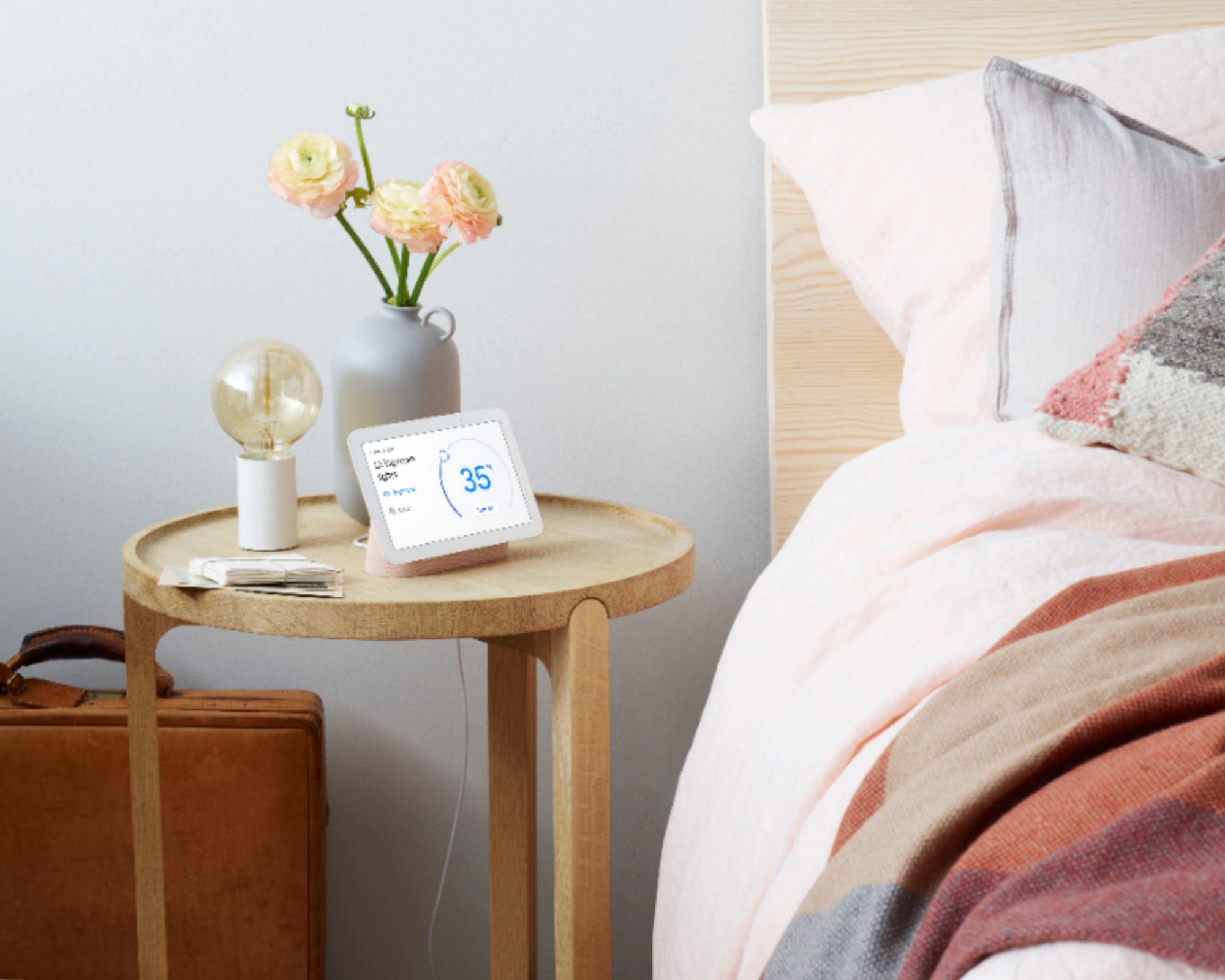
The long and short of it: it really depends on how you intend to use it. While I personally find the visual integration a bit lacklustre, you may really like it — especially if you have a packed digital diary and plenty of photos to cycle through. And if you want to watch videos or follow recipes in the kitchen, a smart screen is a great investment.
But if you really just want smart home voice controls and music playback then you’re better off buying a more expensive smart speaker, like the Apple HomePod or Echo Studio.
If you have the budget for both, of course, then that’s the way to go to enjoy the best of both worlds.
What Black Friday deals are there on smart assistants?
Be The First To Know
The Livingetc newsletters are your inside source for what’s shaping interiors now - and what’s next. Discover trend forecasts, smart style ideas, and curated shopping inspiration that brings design to life. Subscribe today and stay ahead of the curve.

Freelance contributor Alan has been writing about tech for over a decade, covering phones, drones and everything in between. Previously Deputy Editor of tech site Alphr, his words are found all over the web and in the occasional magazine too. He often writes for T3 and Tom's Guide. When not weighing up the pros and cons of the latest smartwatch, you'll probably find him tackling his ever-growing games backlog. Or, more likely, playing Spelunky for the millionth time.
-
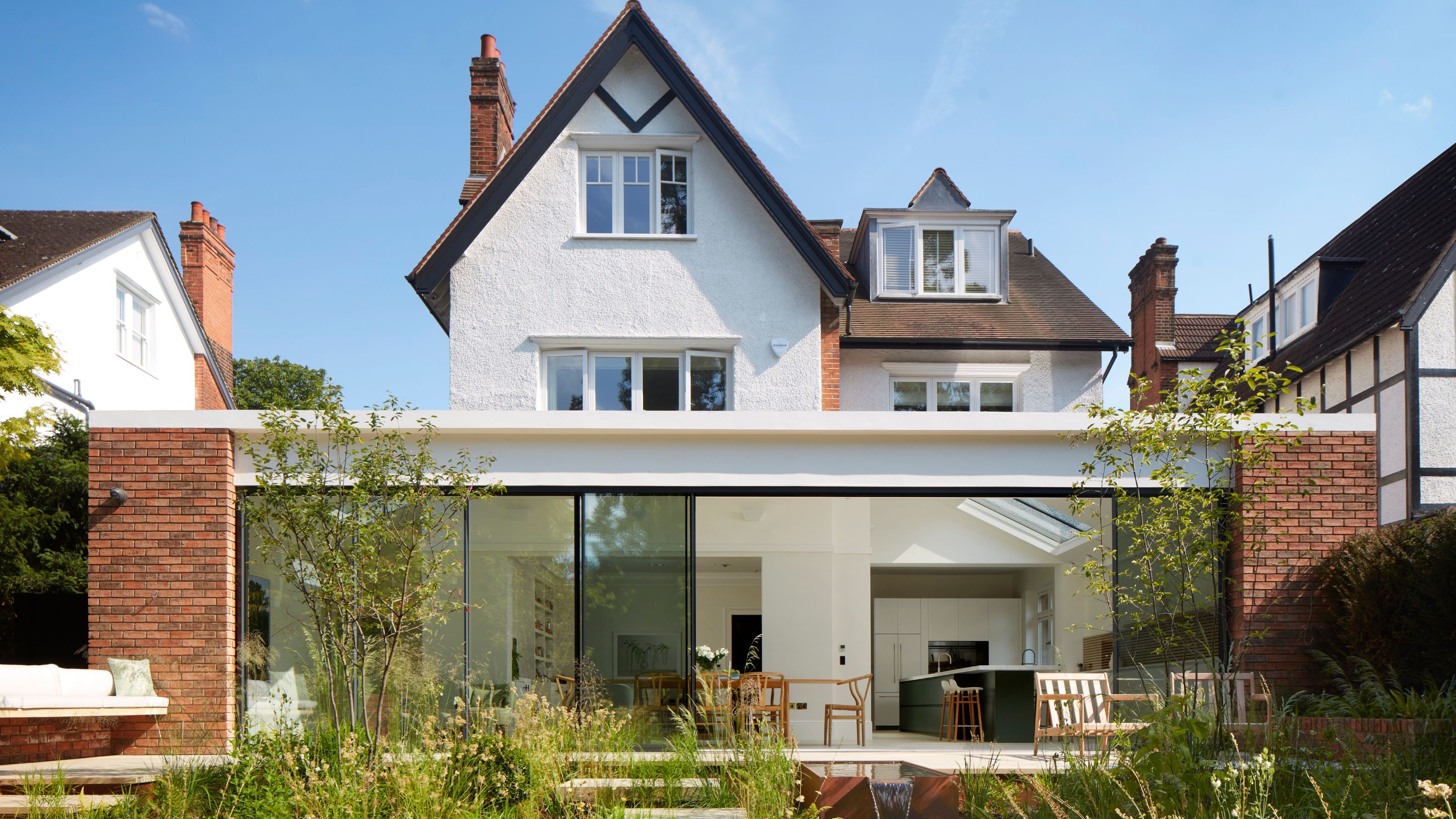 8 Design Tricks That'll Make a Kitchen Extension Feel More Private — Even If You're Overlooked
8 Design Tricks That'll Make a Kitchen Extension Feel More Private — Even If You're OverlookedCreate a light-filled, airy extension that still feels secluded (but in the best way)
By Natasha Brinsmead Published
-
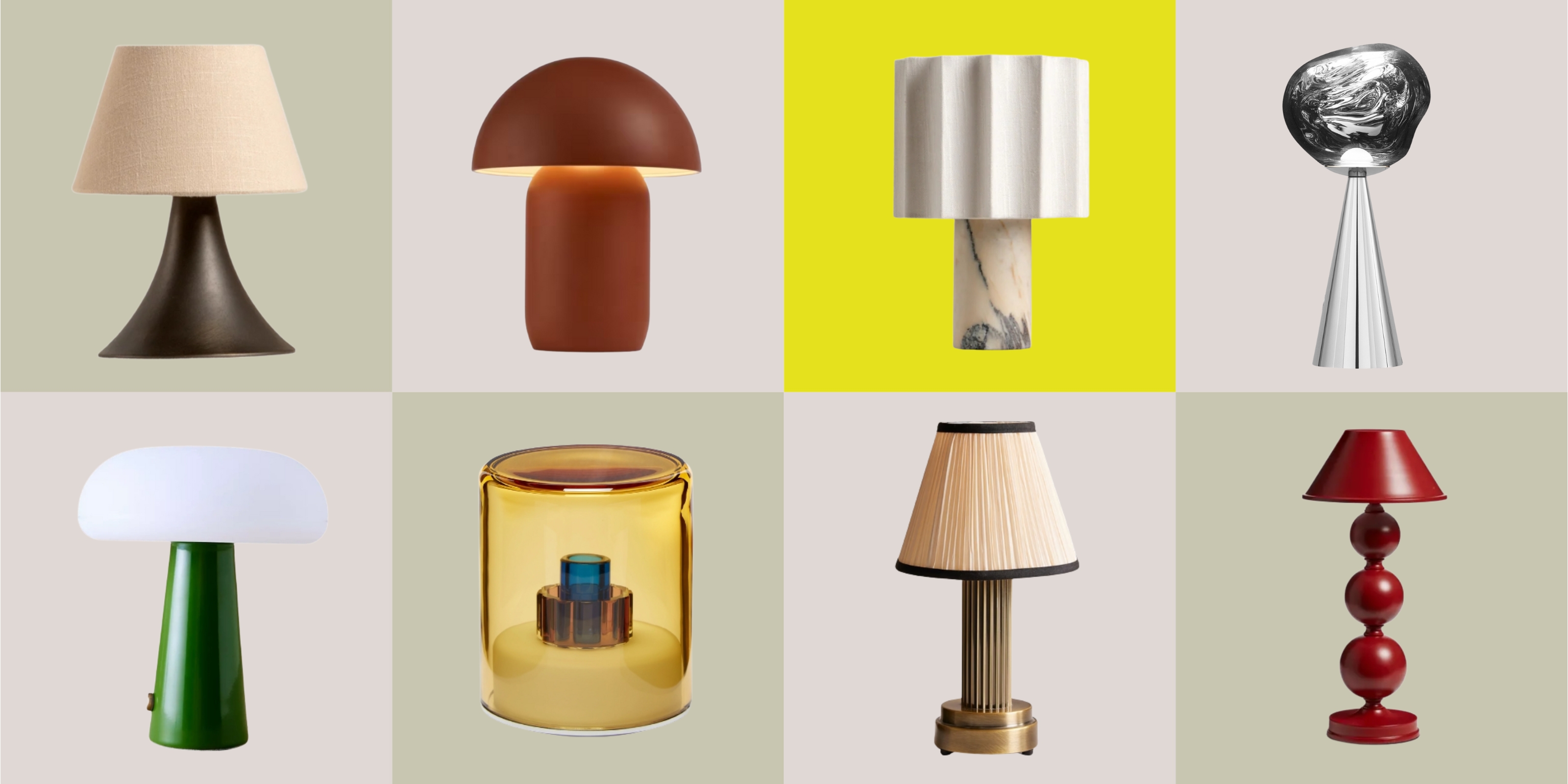 The Best Rechargeable Lamps Have No Cords, but Loads of Style
The Best Rechargeable Lamps Have No Cords, but Loads of StyleWant a lamp to style on your kitchen counter, on your bookshelf, or even in your garden? These portable, pretty, and plug-free lamps are the answer
By Olivia Wolfe Published
-
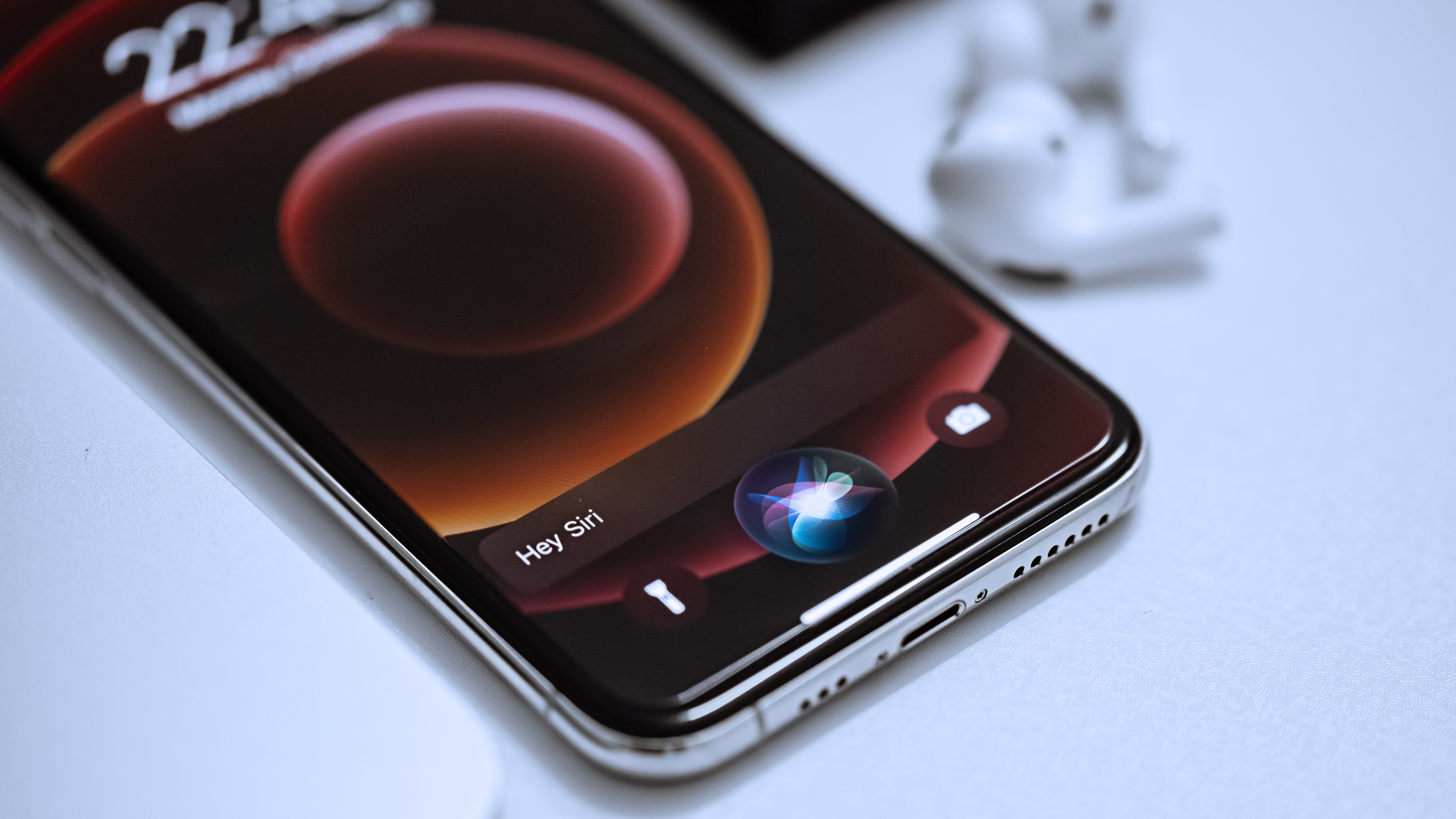 Five genius things Siri can do for your iPhone that you've probably never used before
Five genius things Siri can do for your iPhone that you've probably never used beforeSiri can do an awful lot for you if you know how. Here are some of the iPhone virtual assistant’s best functions
By Alan Martin Published
-
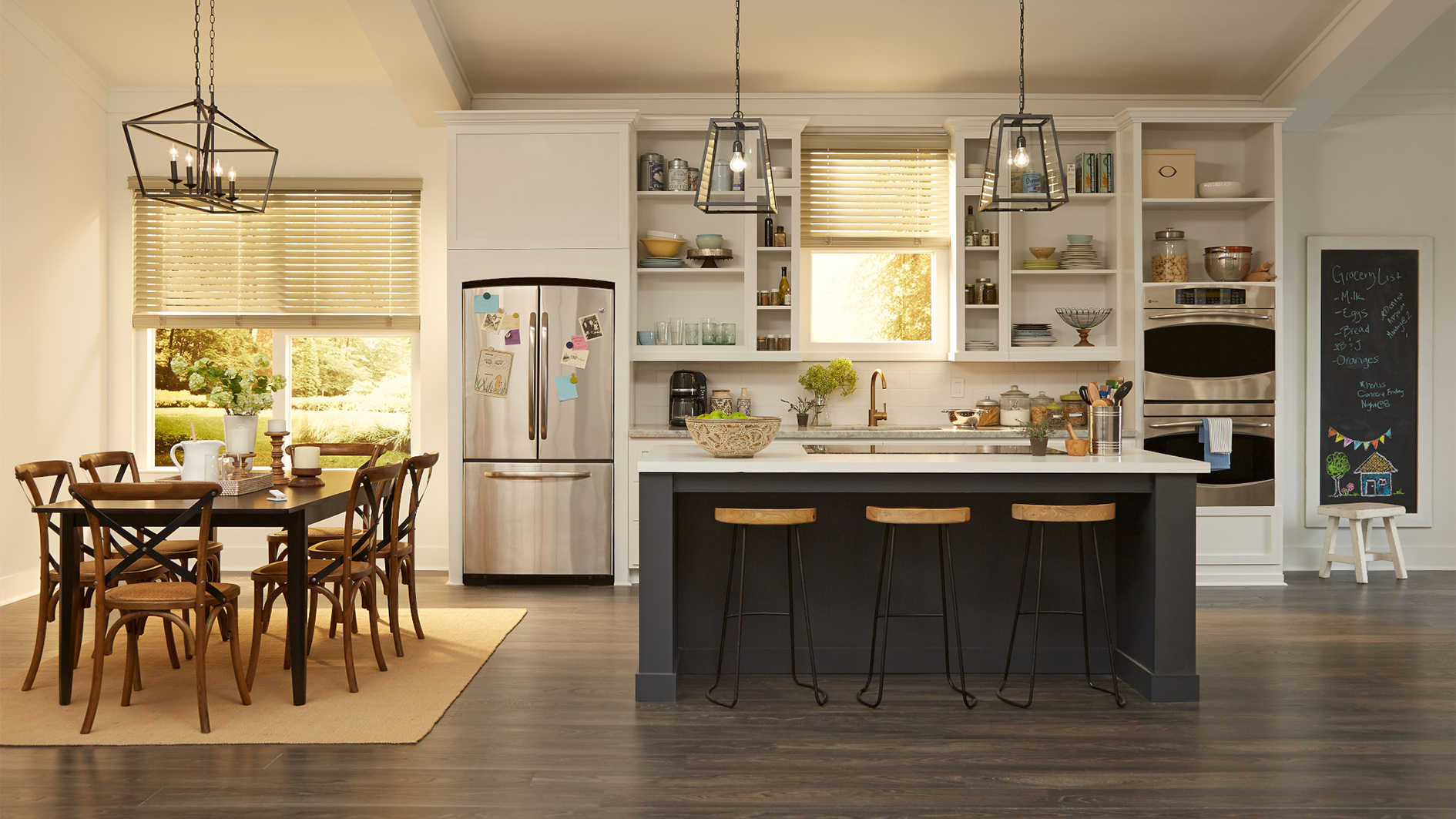 How do I set up a smart home? These are the 10 steps to take to automate your house from top to bottom
How do I set up a smart home? These are the 10 steps to take to automate your house from top to bottomStarting small, we show you the ten steps to make your house a smart home.
By Alan Martin Published
-
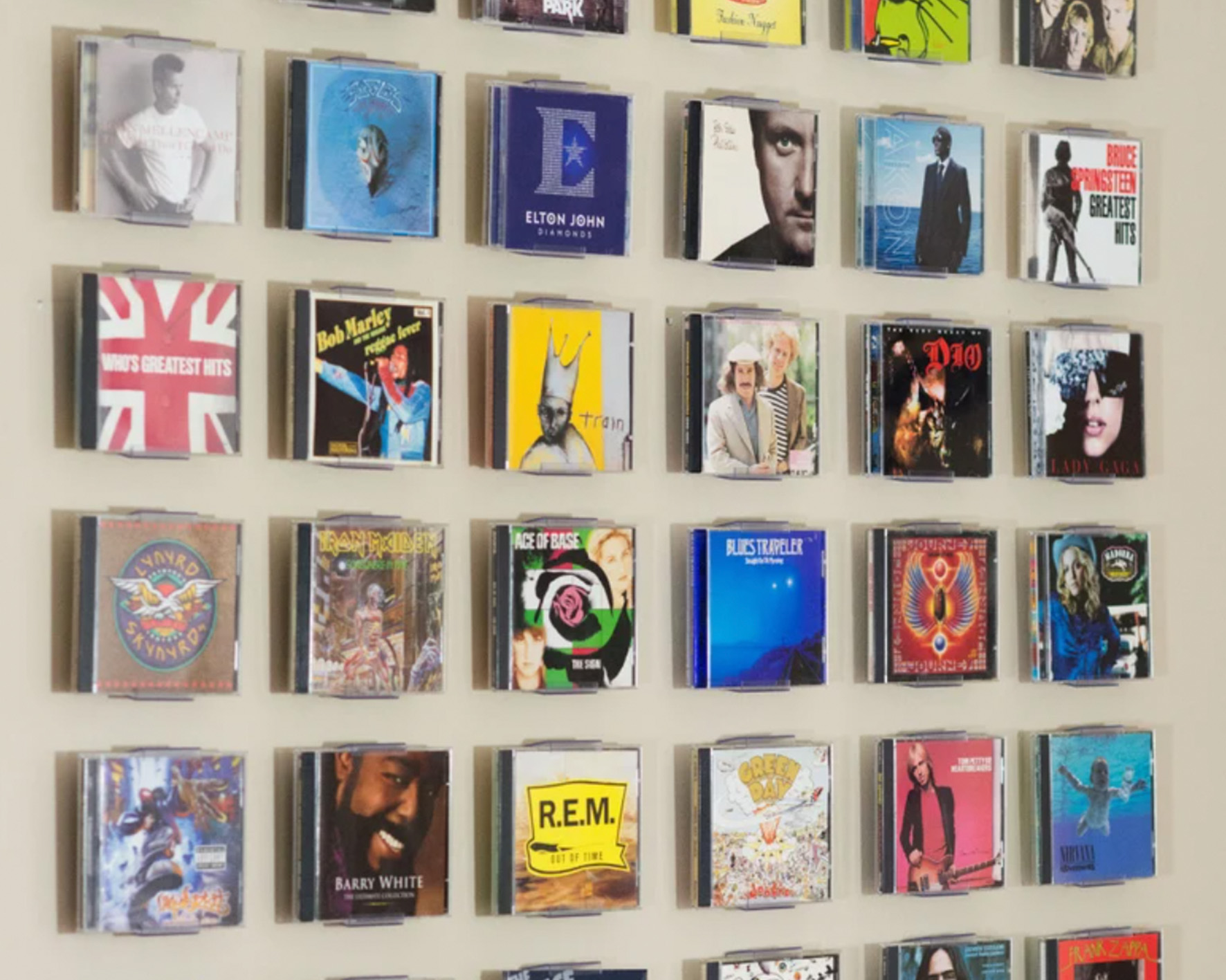 Amazon Music is now free to Prime members, but there's a catch – and it'll change how you listen with Alexa
Amazon Music is now free to Prime members, but there's a catch – and it'll change how you listen with AlexaAmazon's full music streaming library is now free to Prime customers, but there are conditions
By Emily Peck Last updated
